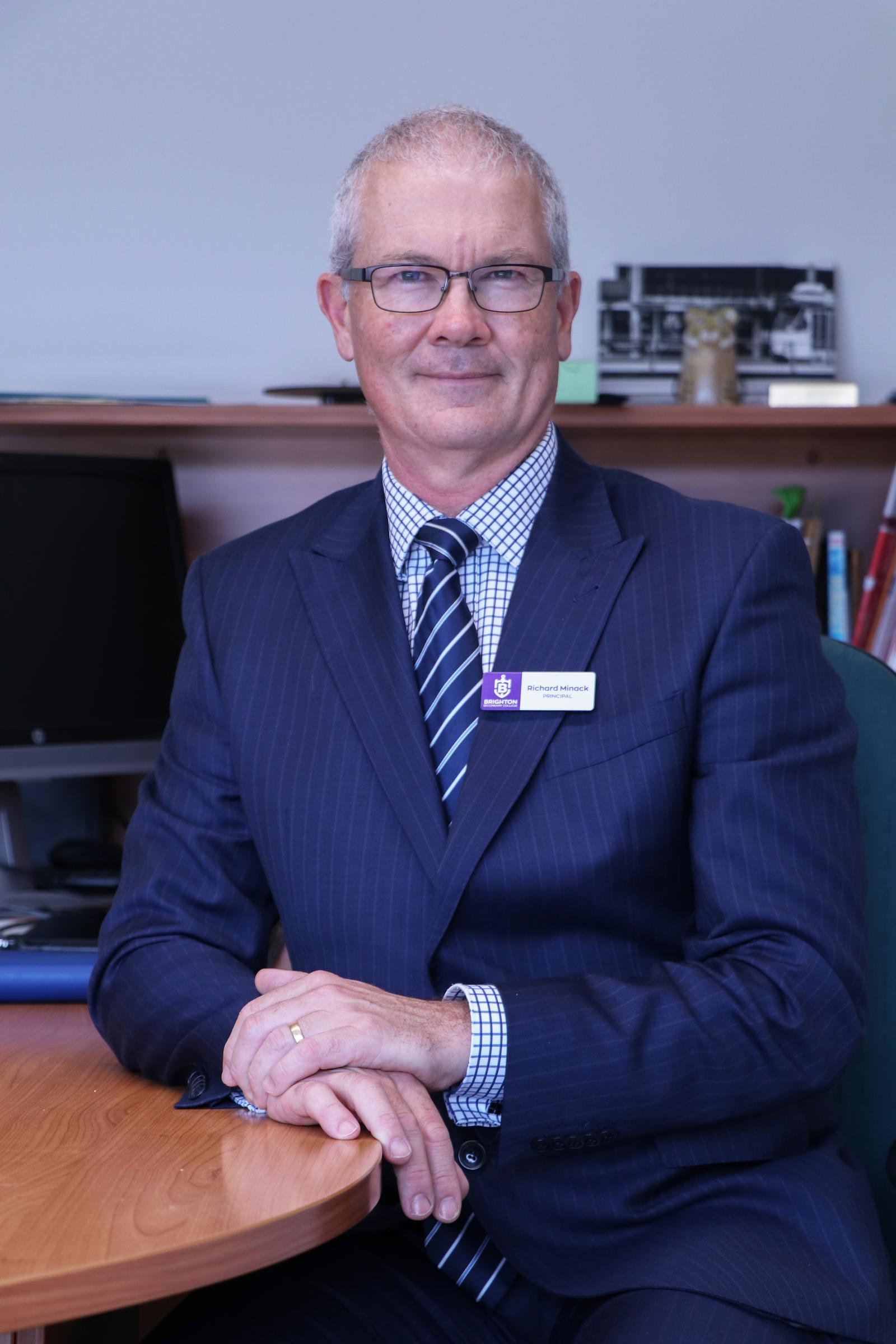PRINCIPAL REPORT

From the College Principal
Dear Parents, Carers and Friends,
A fortnight ago in these pages, I was writing about our fifth lockdown. That in the very next edition I am writing about our sixth, is a plain indicator of the uncertain nature of the world we are inhabiting at present.
I am writing to you to thank you for your resilience and the wonderful support you continue to give your children, and the school, but also to encourage a positive and hopeful outlook.
You may ask, reasonably, what is there to be positive about? I base the encouragement to hope on a presentation Professor John Hattie gave to the Victorian State Principals’ conference on Monday. Firstly, a caveat. His presentation referred mainly to secondary schools, and of course, the data he presented were population averages. We know individuals can be experiencing very negative outcome even though a population average might be doing fine.
You may recall when we went into our first lockdown last year, Hattie published a paper that suggested school systems which experience equivalent disruptions actually show an improvement in results in senior secondary outcomes. The examples he cited were school results in Christchurch after the earthquake, and those in the southern states of the USA impacted by hurricane Katrina.
There have been a number of high quality, large scale studies in Australia, and around the world, that show the impacts of last year’s lockdown on academic progress in secondary schools was minimal. Indeed, the impact, which is referred to as effect size, was around -0.1. Whilst we should not dismiss this (and as mentioned above, the impact on individual students may have been larger) to give you context, this is about the same impact the long summer holidays have on student learning. Yes your gut thinking is correct, students do go backwards a little during long breaks.
Not only that, the impacts of psychological distress were shown to be short lived. On average, young people were shown to return, almost completely, to their pre-lockdown levels of mental health as soon as the lockdown finished.
So the cause for hope is twofold. One, it seems the negative impact of remote learning on most students is not great. Two, in most students, the negative psychological impacts of lock downs quickly dissipate when they end.
So, whilst the school and parents must continue to work hard to support the learning development, and the health and wellbeing of young people, it seems the main challenge is simply to get through this difficult time.
There is hope. Our young peoples’ future may not be as doomed as some pundits may like to portray and, it seems, on the current evidence, that most students will be OK.
In closing, I want to make is crystal clear that this information does not mean we will, in any way, lessen our efforts to support students at this school. I urge you to contact the school if your child needs additional support, but the overall message is that it seems it may be very reasonable to hope and think the children and young adults in our collective care will be OK.
Yours sincerely,
Richard Minack
Principal
